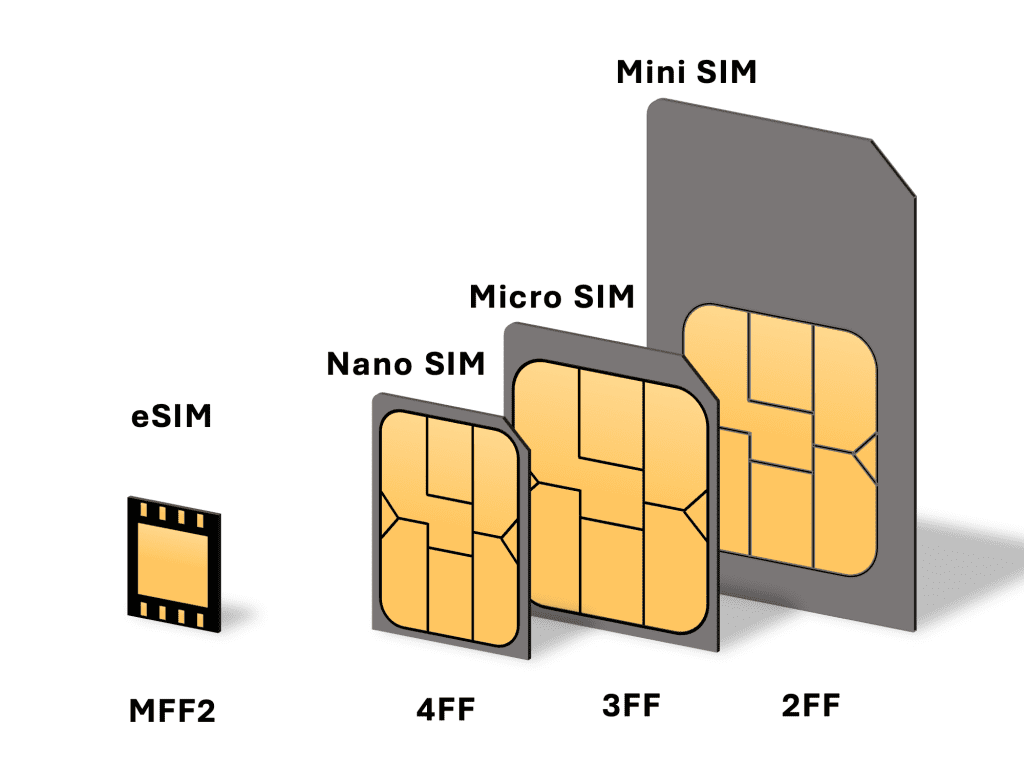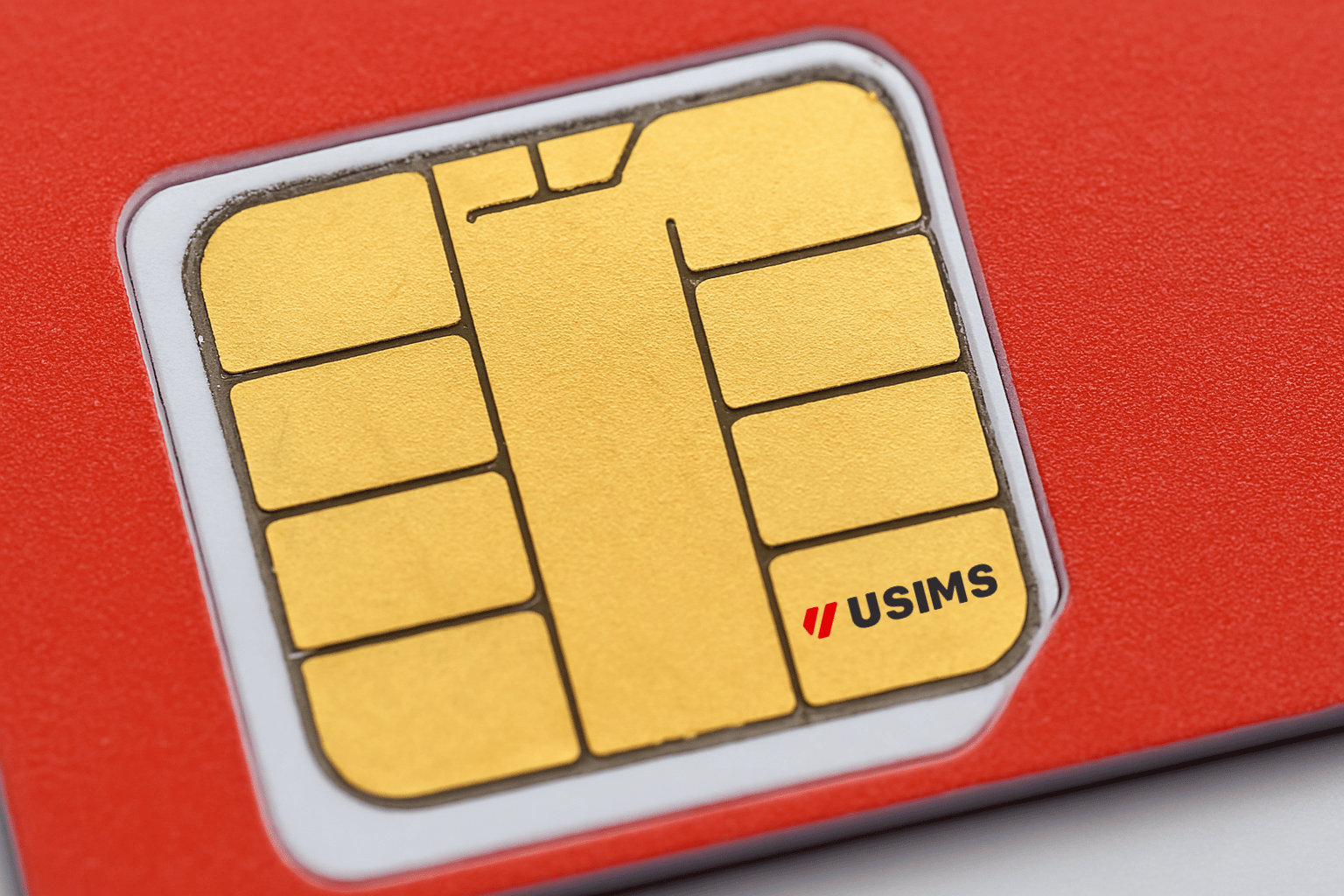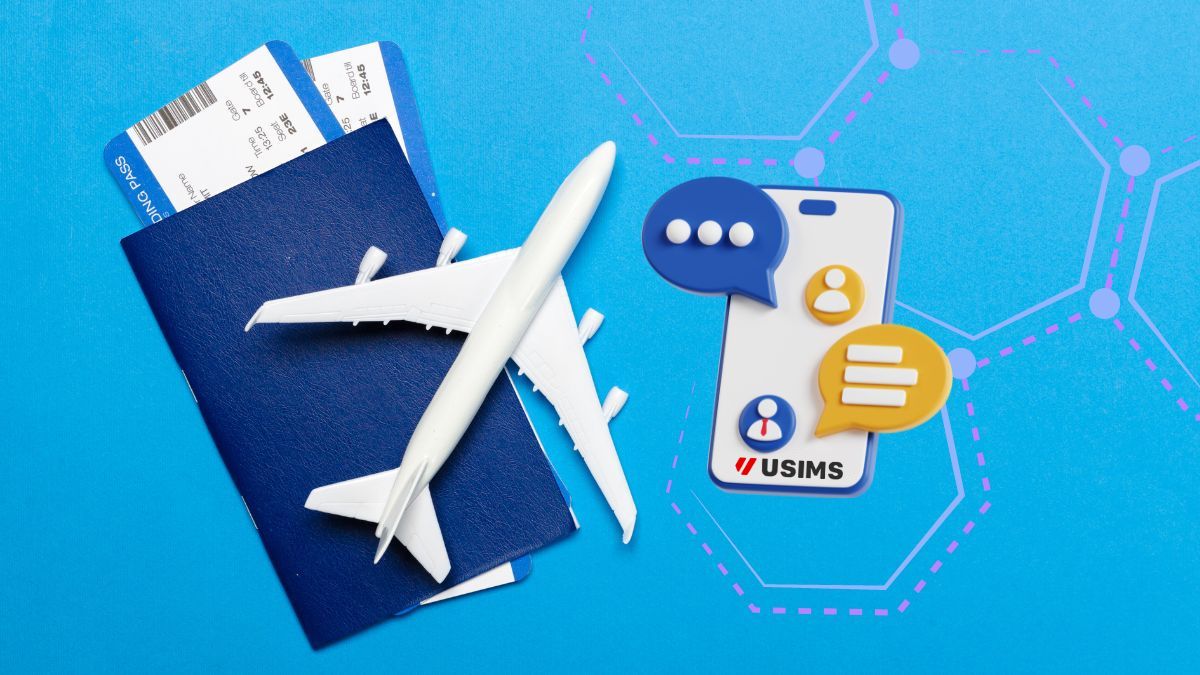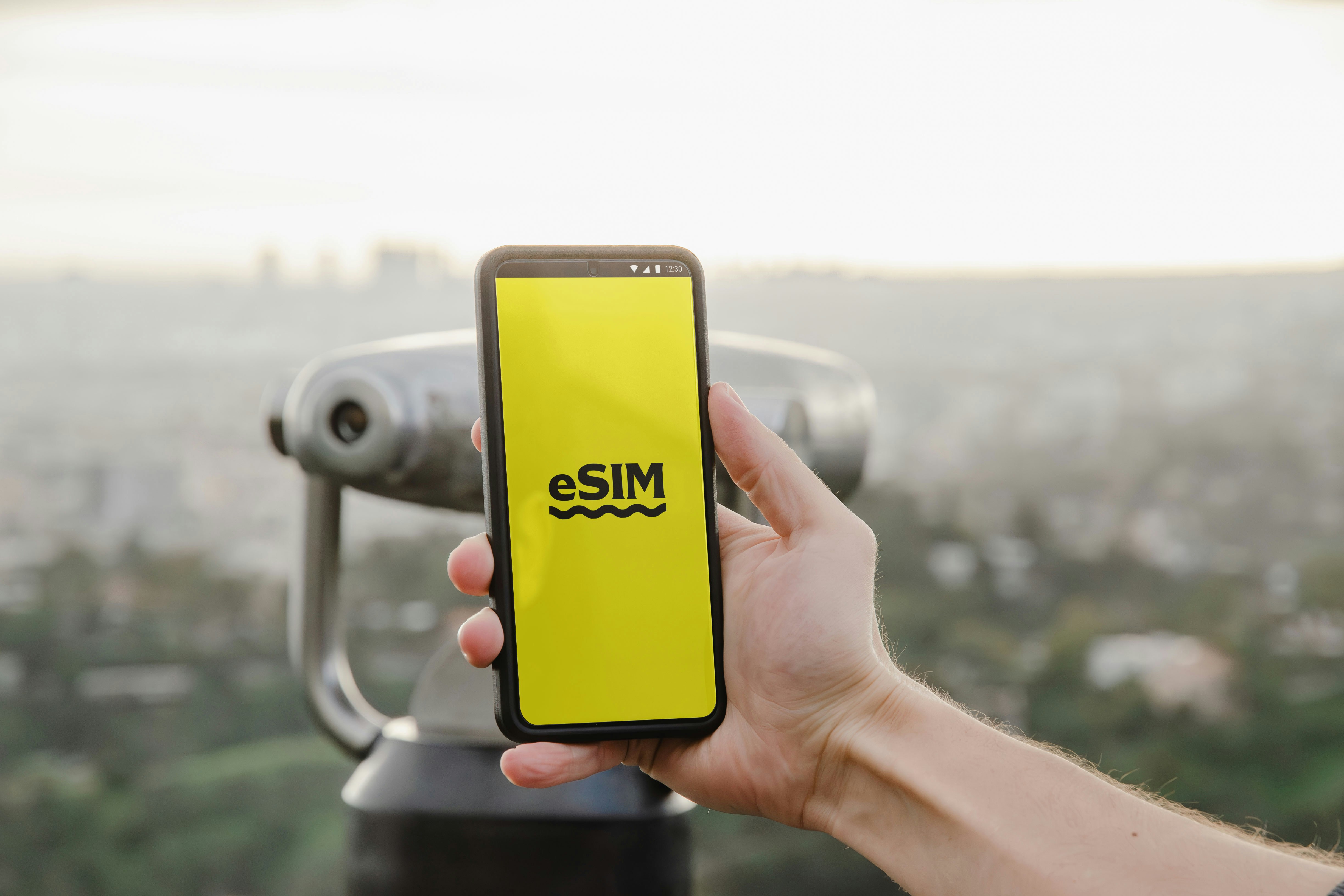Inside Your SIM Card: More Than Just Contacts
Your SIM card might seem tiny, but it plays a massive role in your mobile experience. While most people associate SIM cards with storing contacts, these little chips do much more behind the scenes. In this article, we’ll uncover the hidden functionalities within your SIM card, how they influence your phone’s performance, and offer tips on managing your SIM effectively.
What Exactly Is a SIM Card?
SIM stands for “Subscriber Identity Module.” Essentially, it:
- Authenticates your identity to your carrier’s network.
- Stores critical data like your mobile number, contacts, and SMS messages.
- Enables your phone to connect to voice and data networks globally.
Hidden Features of Your SIM Card
Here’s what your SIM card is quietly doing behind the scenes:
1. Authentication and Security
- Ensures secure communication between your phone and carrier.
- Prevents unauthorized access to your services.
2. Roaming Management
- Automatically connects you to partner networks when traveling internationally.
- Controls access to roaming services based on your carrier agreements.
3. Service Data Storage
- Stores your phone number, text messages, and contacts.
- May contain your billing information and network settings.
SIM Card Types: Physical vs. eSIM
While physical SIM cards are common, modern devices increasingly use eSIMs—embedded, digital SIM cards that offer convenience and flexibility:
- Physical SIM: Removable, manually transferable between devices.
- eSIM: Digitally embedded, instantly activated and managed without physical swapping.
Learn more about seamless transitions with eSIM transfers.

Managing Your SIM Card Effectively
Follow these actionable tips to maximize your SIM card’s functionality:
- Regularly Back Up Contacts: Prevent data loss if your SIM card becomes damaged or lost.
- Use PIN Protection: Activate a SIM PIN to safeguard against unauthorized usage.
- Keep it Clean: Handle physical SIMs carefully to avoid damage from dirt and scratches.
For additional SIM-related FAQs, visit our comprehensive SIM card FAQ page.
Transitioning to an eSIM: What You Need to Know
Considering moving from a physical SIM to an eSIM? Here’s why it makes sense:
- Instant activation without waiting for physical SIM delivery.
- Effortless international travel without swapping cards.
- Enhanced security, minimizing the risk of physical SIM theft or damage.
Troubleshooting Common SIM Issues
Encountering problems with your SIM card? Try these quick solutions:
- SIM Card Not Detected: Restart your device or clean and reseat your SIM.
- Network Issues: Verify roaming settings or manually select your carrier.
- SIM Locked: Check your carrier’s policy on SIM unlocking.
Conclusion
Your SIM card is more sophisticated than you might think, playing a crucial role in managing your phone’s connectivity, security, and convenience. Understanding these hidden features allows you to optimize your mobile experience and manage your SIM effectively.
Ready to upgrade your SIM experience? Discover the flexibility and ease of use with eSIM technology—making mobile connectivity effortless, no matter where your travels take you.



